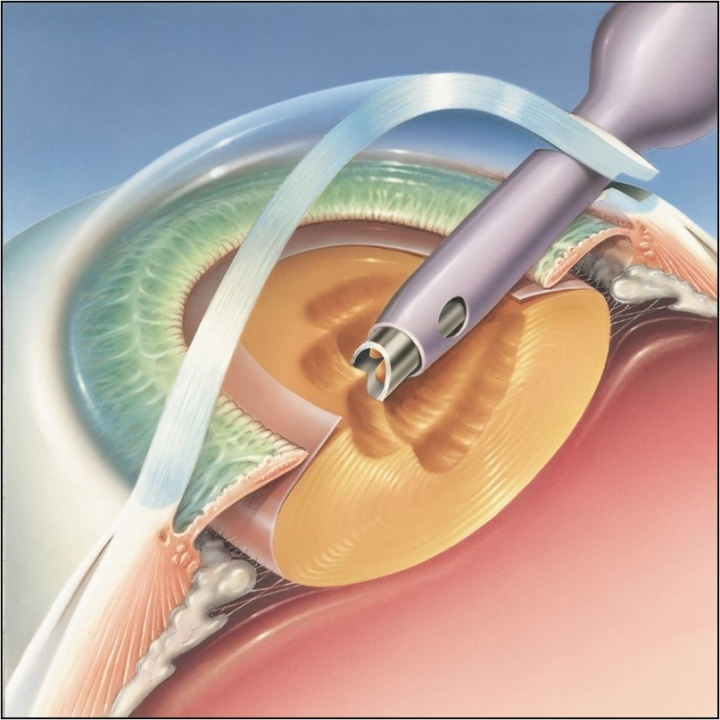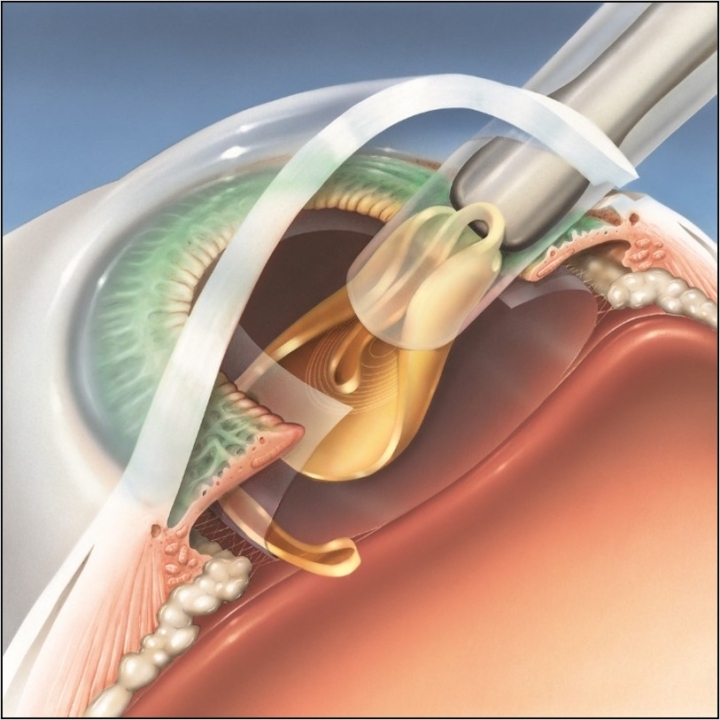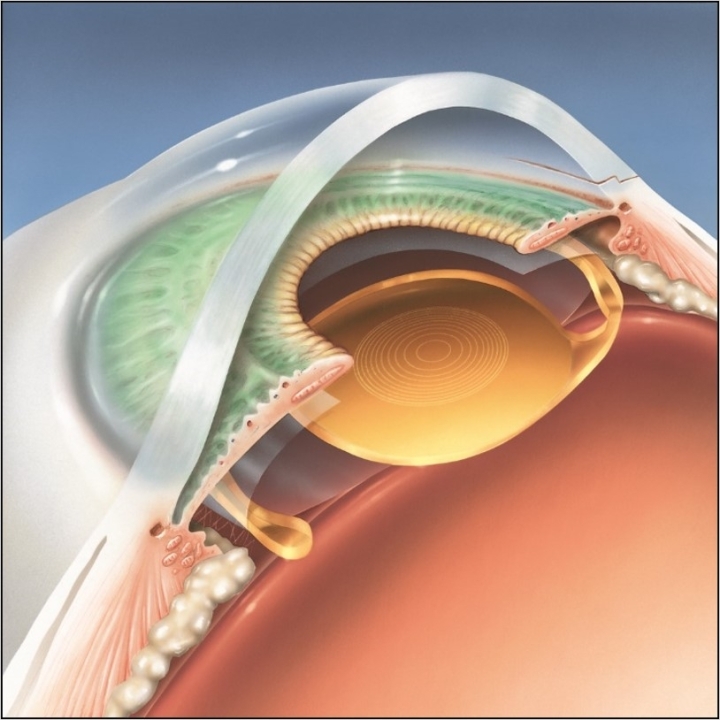Thank you for using our online appointment, the appointment service you have chosen is not yet confirmed. Our customer service will contact you via email or phone within 2 working days to confirm your appointment details.

What is Presbyopia?
The human eye is like a camera. After light passes through the cornea, it first passes through the crystalline lens. The main function of the cornea and the crystalline lens is to refract and focus the light, projecting the image onto the retina to form an image.
As we gradually age, the crystalline lens begins to harden and lose elasticity, which weakens its refractive power. This can make it difficult for us to focus on near objects, resulting in blurred vision.
Presbyopia typically occurs between the ages of 40 to 50, and is a natural aging process of the eyes. There is currently no known method to prevent it.
The degree of presbyopia will gradually increase with age, increasing by about 50 degrees every two to three years, until it stabilizes around the age of 60.
| Normal Vision | Presbyopic Vision |
 |
 |
Solution
|
Advantages | Disadvanages |
| Presbyopia Glasses |
|
|
| Progressive glasses |
|
|
| Presbyopia Contact Lenses |
|
|
| SMILE/LASIK |
|
|
| Intraocular Lens Replacement |
|
|
In the past, intraocular lens replacement was only used for the treatment of cataract removal, but with the advancement of medical science and technology, the technology of intraocular lens has also developed more maturely, and there are more types of options than before. In addition to treating cataracts, intraocular lenses can also correct myopia, hyperopia, and astigmatism, and can also improve presbyopia. In recent years, more and more people with presbyopia, even if their vision is not affected by cataracts, are receiving artificial lens replacement for presbyopia treatment, allowing them to regain high-definition vision.







